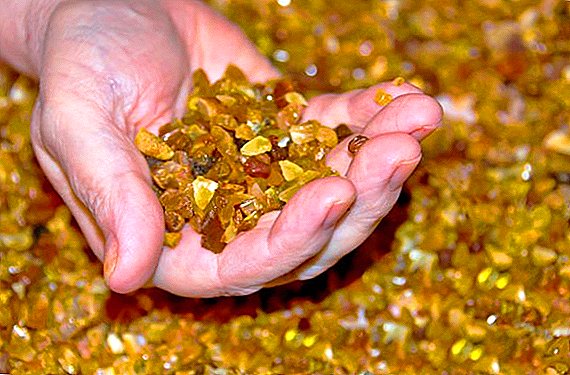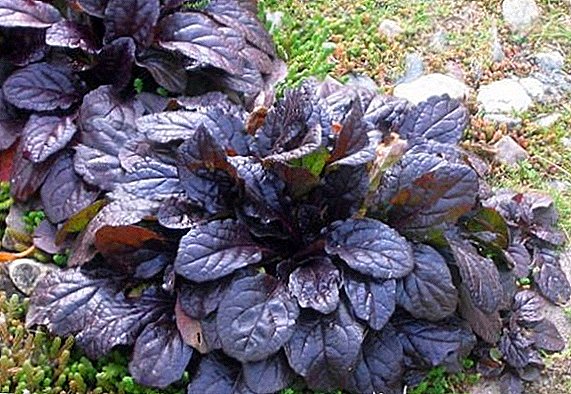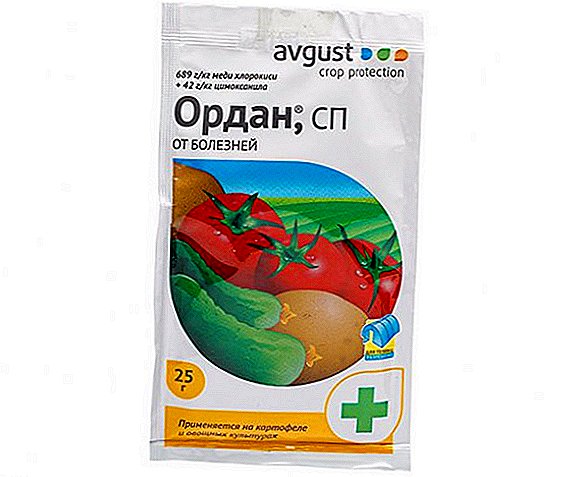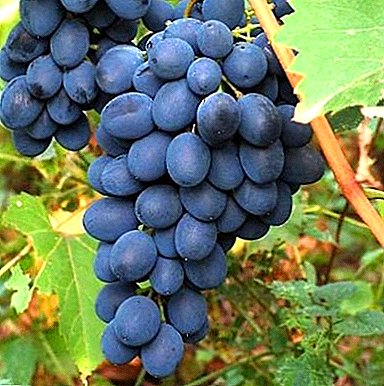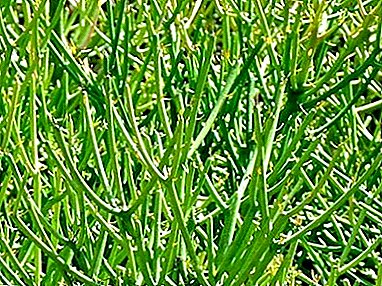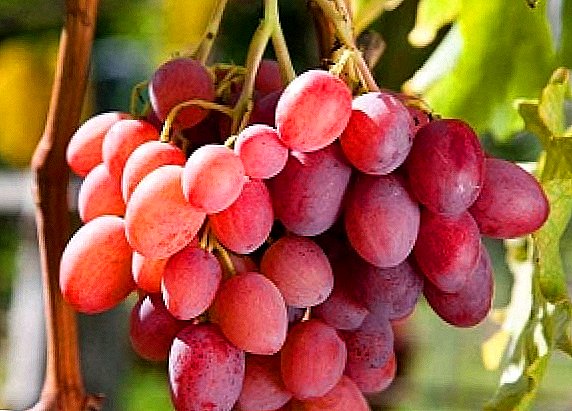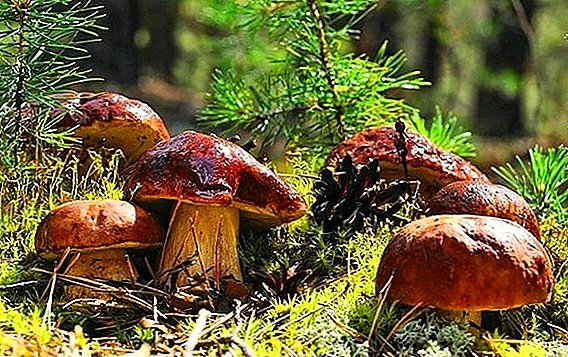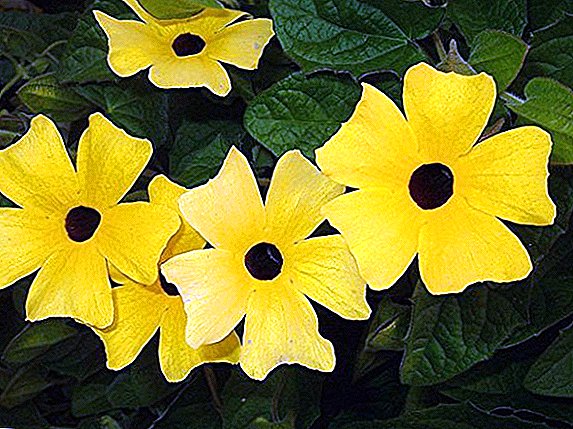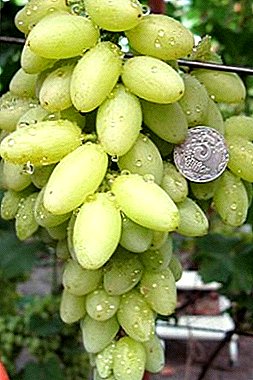
What grapes do we buy most often? Right, sultry. It is delicious, juicy, fragrant, and most importantly - without seeds! Is it possible to grow such a miracle on your site?
If you are a resident of the southern region - then you can. Arsenyevsky grapes - one of the most popular raisin varieties, the favorite of southern winegrowers.
What kind is it?
Arsenyevsky - white kishmish with a late ripening. Harvest can be collected in the second half of September. It is popular in the household for both wine and juices and desserts, but we especially like it fresh for its unusually pleasant taste with a rich “train”, where muscat, citrus and strawberry notes, sweet pulp and lack of seeds are present. Used for blending table and dessert white wines.
The Kishmish family also includes the Kishmish Century, Attica, Black Finger, Kishmish Jupiter, and Kishmish 342.
Breeding history
 Arsenyevsky is the fruit of a clone selection of an unknown seedless white variety. Bred by V.M. Meshkov in the city of Arsenevsk, Primorsky Territory, for which he received his name.
Arsenyevsky is the fruit of a clone selection of an unknown seedless white variety. Bred by V.M. Meshkov in the city of Arsenevsk, Primorsky Territory, for which he received his name.
It feels best in the south and in areas with a mild climate - Pridonje, the Black Sea coast, and moderate middle latitudes. The characteristics are similar to the grapes "Century", why they are often confused. It is also popular in the central zone of Russia, but it requires additional care.
The warm and mild climate also loves Odessa souvenir, Hadji Murat and the Cardinal.
Grape Arsenyevsky: description of the variety
The growth force of the bush is usually above average, the vine is brown and strong.
Young shoots soft green, very strong, thickened.
Bunch very large - from 1 to 2 kg in weight, conical in shape, sometimes with “wings”.
Berry (average weight is about 10 g) of medium size, light amber or greenish-golden, finger-shaped, with a dense, strong skin that is almost not noticeable when eaten.
Pulp juicy, fleshy, without seeds.
Leaves deep green color, strongly dissected.
Specifications
The variety is very fruitful, therefore it is necessary to regulate the load with shoots and eyes, to relieve the bush from the stepsons. Norm - up to 40 shoots per bush. Pruned six to eight eyes.
The same yield can boast the Gift of the Magarach, the Anniversary of the Kherson Summer Resident and Rkatsiteli.
Resistant to wasp attacks.
Also afraid of frost and rain. Well susceptible to vigorous stocks such as Alpha. Not afraid of drought.
Not too fond of frosts with rain and varieties such as Montepulciano, Dawn of Nesvetaya and Lorano.
Berries do not crack, do not pour, well tolerated and storage, and transportation. In the south, resistance to powdery mildew, gray mold and other fungi is very high, but is currently being tested for final conclusions.
A photo
Photo grapes "Arsenyevsky":





Diseases and pests
Arsenievsky is well resistant to leafworms, rot, powdery mildews - oidium and mildew, anthracnose and chlorosis, other fungi. Do not even take wasps. What is it worth to take care of?
Of course, these are the first enemies of grapes - birds. You shouldn’t be especially afraid of them; feathery sweet-teeth will be stopped by mesh fine-meshed rigid barriers. There are other, more serious opponents:
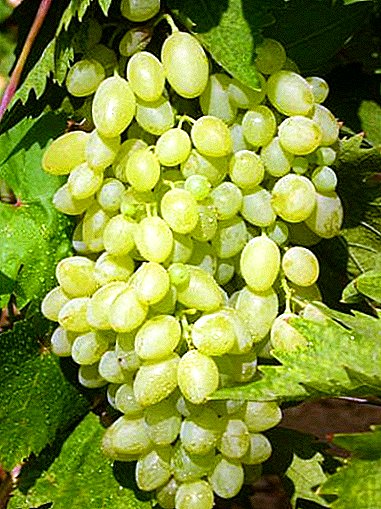 Phylloxera;
Phylloxera;- Felt mite (it’s a grape pruritus).
The itch is also dangerous because it is invisible to the naked eye and hides very well - spends the winter under the bud scales, and then "lodges" on the underside of the leaves. He loves hot, dry weather, typical of Primorye.
To combat felt mites, vineyards are treated in summer and spring. In the summer months, sulfur-containing drugs and acaricides are used. In the spring, before bud break - DNOC (20,000 g / ha) or nitrofen (up to 30,000 g / ha).
Phylloxera or aphids can only be eluted with carbon disulfide preparations. Unfortunately, they are poisonous not only for this “glutton”, but also for the bush itself. However, if you give her a chance, she will destroy the entire vineyard.
That is why experts recommend not to reduce the dose below 80 cc per square meter! This is the lower limit at which there is a chance to save the bush.
Because of its thermophilicity, this grape is afraid of northern latitudes and spring frosts. But those who allow the climate, of course, should get this handsome man. Fresh berries without seeds adore everything, in any form. And the care of Arsenyevsky requires not so difficult - just sprinkle the garden from phylloxera and felt itch and put a net from the birds.


 Phylloxera;
Phylloxera;